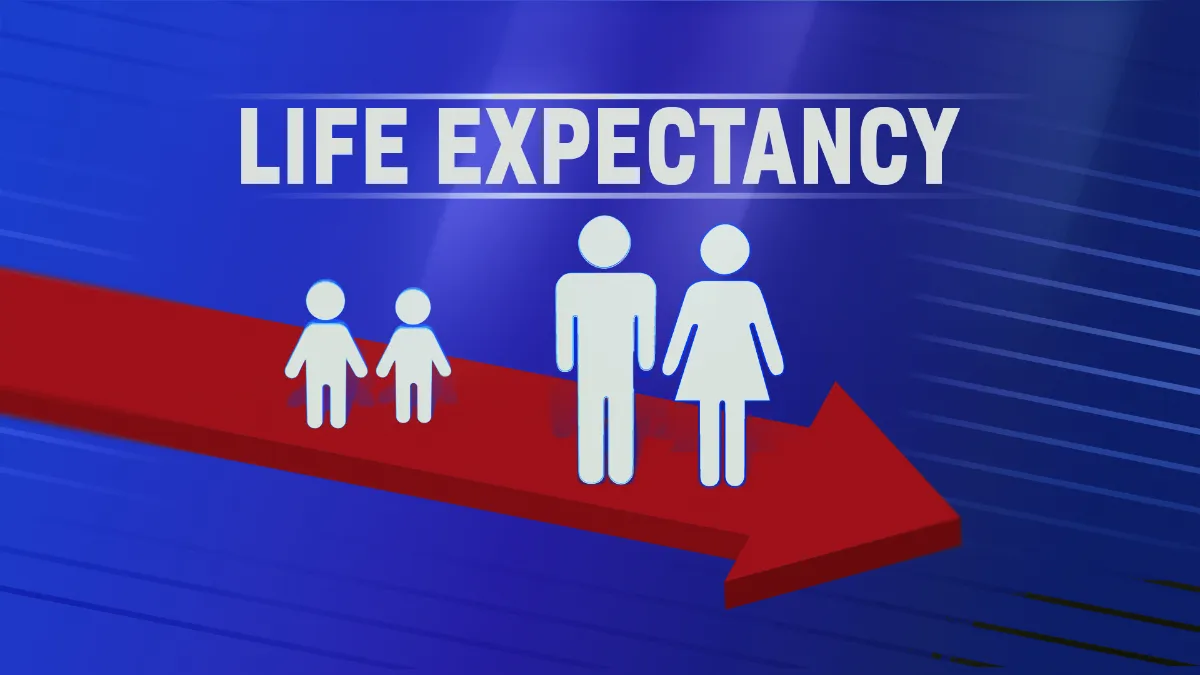
Advertisement
Life expectancy stands as a fundamental metric that encapsulates the average number of years a person is expected to live, providing valuable insights into the overall health and well-being of a population. This article aims to unravel the intricacies of life expectancy, exploring its definition, factors influencing it, global variations, and its significance in gauging the efficacy of healthcare systems and societal well-being.
- Defining Life Expectancy: Beyond Numbers Life expectancy is a statistical measure that represents the average number of years a person is anticipated to live based on current mortality rates. It serves as a crucial health indicator, reflecting the collective impact of various factors on a population’s longevity. While the metric offers an overall estimate, it is essential to recognize the individual and contextual complexities that contribute to life expectancy.
- Factors Influencing Life Expectancy: A Multifaceted Interplay Life expectancy is shaped by a complex interplay of factors, ranging from biological and genetic determinants to environmental, social, and economic conditions. Healthcare accessibility, lifestyle choices, education levels, and socio-economic disparities all play pivotal roles in influencing the trajectory of life expectancy within a given population.
- Global Variations: Unveiling Disparities Life expectancy varies significantly on a global scale, with disparities reflecting diverse socio-economic and healthcare landscapes. Developed nations often boast higher life expectancies due to advanced healthcare systems, while developing countries may face challenges that impact overall longevity. Bridging these global gaps necessitates addressing health inequalities and bolstering healthcare infrastructures.
- Life Expectancy and Public Health: A Vital Metric As a core metric in public health, life expectancy serves as a barometer for the effectiveness of healthcare systems, public health interventions, and societal well-being. Monitoring changes in life expectancy over time helps identify emerging health challenges, evaluate the success of healthcare policies, and guide interventions aimed at enhancing overall population health.
- Challenges and Opportunities: Adapting to Demographic Shifts Demographic shifts, including aging populations and changes in disease patterns, pose challenges to accurately predicting and improving life expectancy. Opportunities lie in addressing emerging health threats, fostering preventive measures, and adapting healthcare systems to accommodate evolving health needs.
Life expectancy, as a comprehensive metric, encapsulates the essence of a population’s health journey. While it provides a valuable snapshot of overall well-being, it is crucial to approach life expectancy with a nuanced understanding of the myriad factors that contribute to its dynamics. By acknowledging and addressing the complexities influencing life expectancy, societies can strive to create environments that promote healthier and more equitable lives for all.
